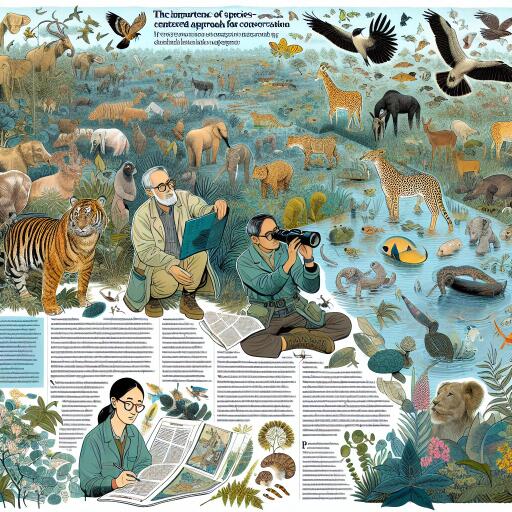
Transforming Wildlife Conservation in India: A Look at Species-Centered Efforts
In a fascinating insight into India’s biodiversity, a renowned conservation zoologist specializing in tigers sheds light on the country’s rich ecological tapestry. Despite occupying a mere 2.2% of the Earth’s surface, India is home to a staggering 7.7% of the world’s mammal species, 13% of bird species, and a quarter of all carnivorous plant species. Such biodiversity is the result of complex evolutionary processes, including continental drift, but faced severe threats from overhunting and deforestation in the 1960s.
The potential ecological crisis was narrowly avoided thanks to the intervention of the then Prime Minister, who initiated Project Tiger and introduced tough wildlife protection laws. This marked a turning point for wildlife conservation in India, gaining significant political backing and sparking a new wave of enthusiasm among wildlife advocates and researchers. The speaker, speaking at an event hosted by the Mangaluru chapter of the Indian National Trust for Art and Cultural Heritage, reflected on this pivotal period and his own involvement in grassroots conservation efforts.
He observed that, despite these strides, a relatively small fraction of India’s land—about 10%—serves as wildlife habitat, with just 4% formally protected. Remarkably, it is within these constrained spaces that most wildlife population growth is recorded, underscoring the critical importance of protected areas.
The essence of India’s successful conservation initiatives, according to the expert, lies in its species-centered approach. Much more than the preservation of individual species, this strategy aims to safeguard entire ecosystems, including the complex web of predators, prey, and diverse plant species. By prioritizing emblematic species through programs like Project Tiger and Project Elephant, conservation efforts have not only rallied public support but also helped maintain the cultural significance of these animals, generating widespread momentum for ecological preservation.
However, the zoologist pointed out a sobering reality—despite over four decades of concerted conservation efforts, the actual numbers of wild tigers, for instance, remain far below potential. With a current estimate of over 3,000 tigers in the wild, he argues that, with expanded and scientifically informed conservation practices, India could support a thriving population of up to 15,000 tigers.
He also highlighted a shift in public attitude towards wildlife conservation, noting a rise in community engagement and a proactive stance in wildlife protection at the grassroots level. Yet, challenges persist, particularly from the illegal wildlife trade. Looking ahead, the conservationist underscored the necessity of finding sustainable energy alternatives to ensure the longevity of nature conservation efforts.
India’s journey towards wildlife conservation is a testament to the power of focused, species-centered approaches in preserving biodiversity. As the nation continues to navigate the complex challenges of ecological preservation, the collective efforts of its citizens, policymakers, and conservation experts will be paramount in securing a sustainable future for its wildlife.





Leave a Reply